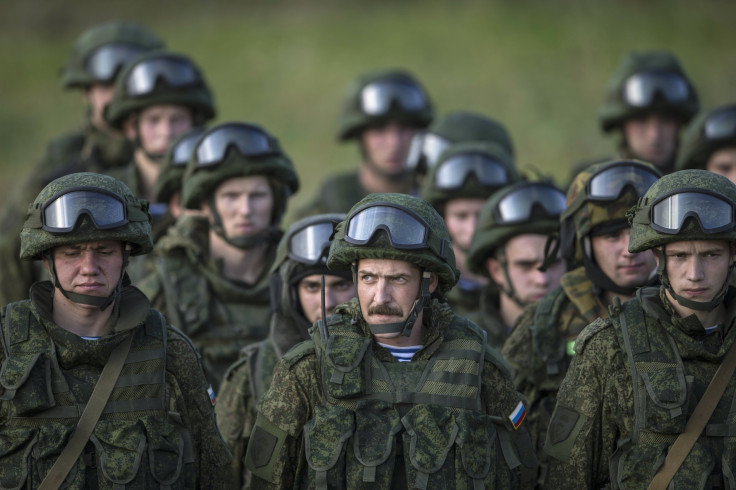Russia Launches Reconnaissance Drones For Arctic Military Force That Can Take Video Day Or Night

Russia’s Northern Fleet launched unmanned drones Wednesday to perform reconnaissance for its Arctic military force, Russian media report. Russia has spent the last several months building up its military presence in the Arctic and recently announced plans to add hundreds of drones to its armed forces over the next several years.
The Arctic reconnaissance drones have a flying range of anywhere from 10 to 150 kilometers (6.2 to 93 miles) and can capture surveillance video any time of day or night, the Russian news service Tass reports. The Northern Fleet performed trials in May to ensure the drones were able to function in Arctic conditions.
“The Tachyon and Aileron-3 unmanned aerial reconnaissance and surveillance complexes got off the ground into the Arctic sky,” a Northern Fleet spokesman, Capt. Vadim Serga, told Tass Wednesday. The drones reportedly entered service in late 2014.
The Russian Defense Ministry announced plans in April to build a “self-sufficient” military force in the Arctic by 2018. Earlier this year, nearly 40,000 Russian soldiers, along with military aircraft and naval vessels, performed training exercises in the region, the Associated Press reported. Russia ordered the drills and military expansion amid international criticism and economic sanctions over its purported involvement in the eastern Ukraine conflict, which has killed more than 6,400 people since early 2014. President Vladimir Putin has made military modernization a major goal for his government.
The Russian military has unveiled several technological advances in its bid to modernize its armed forces, including the next-generation Armata T-14 tank and a so-called “microwave gun” capable of disabling drones and warheads. In May, an official from Russia’s United Industrial Corp. said the Kremlin would add “several hundred” unmanned aerial vehicles, better known as drones, to various branches of its military by 2025.
© Copyright IBTimes 2025. All rights reserved.






















